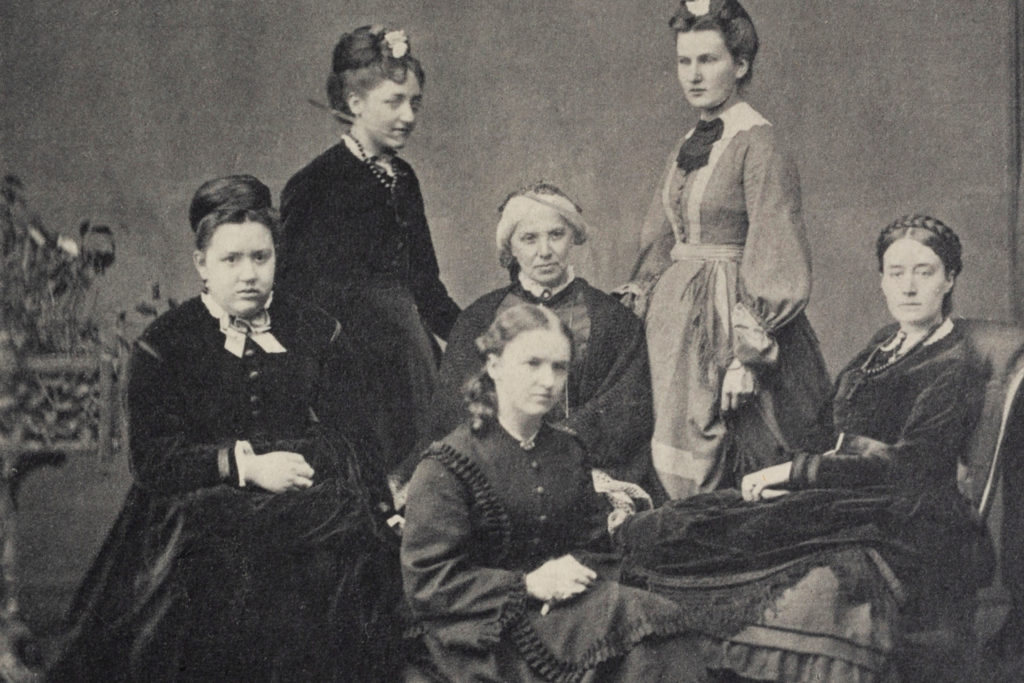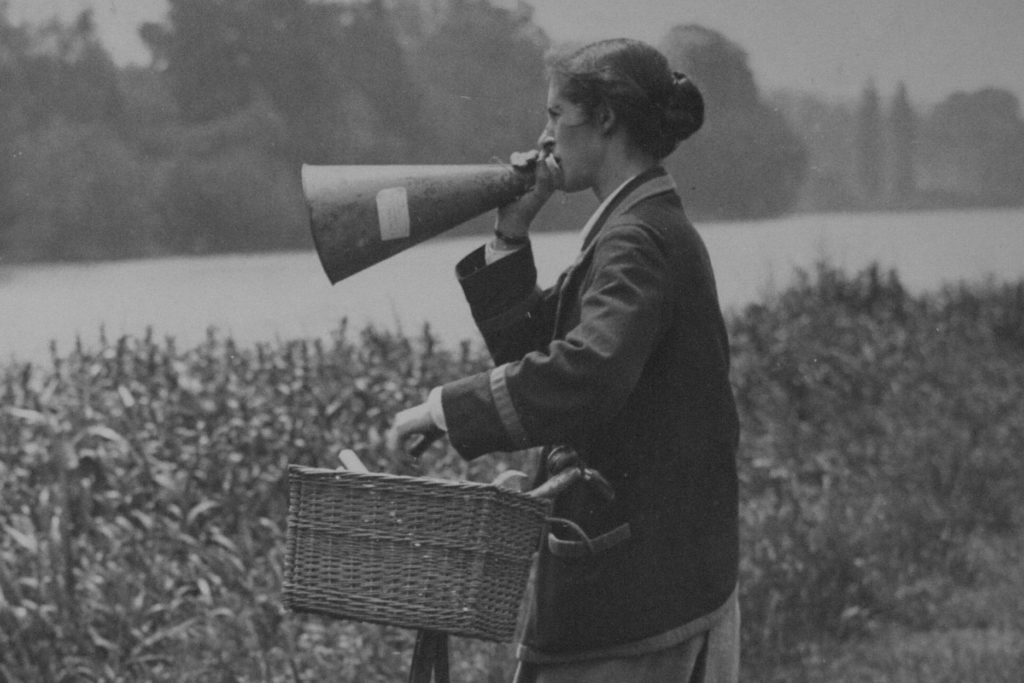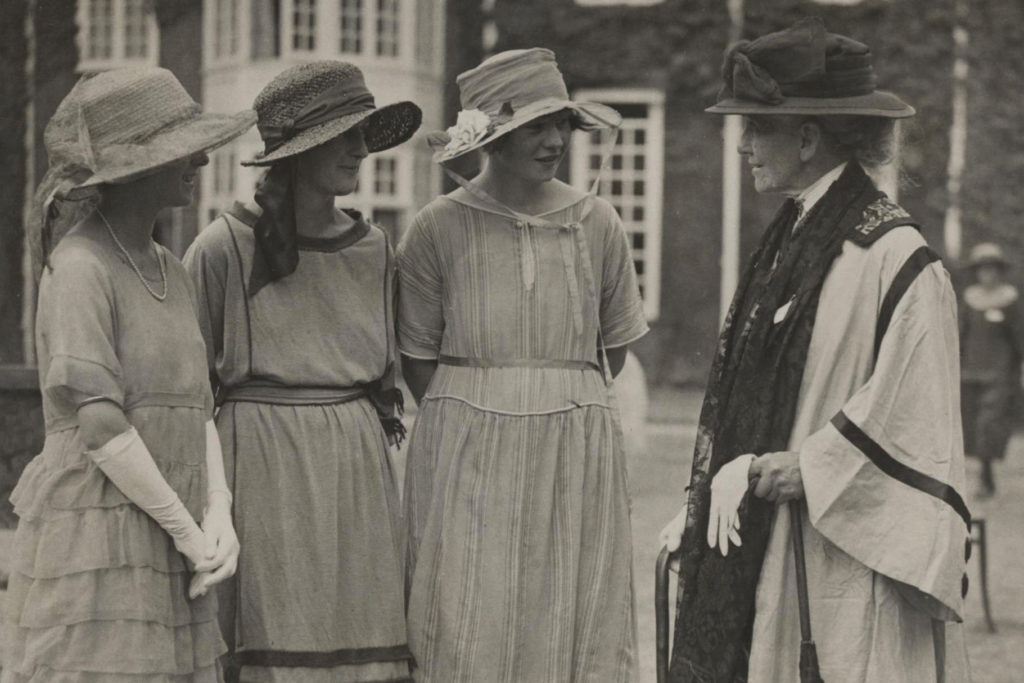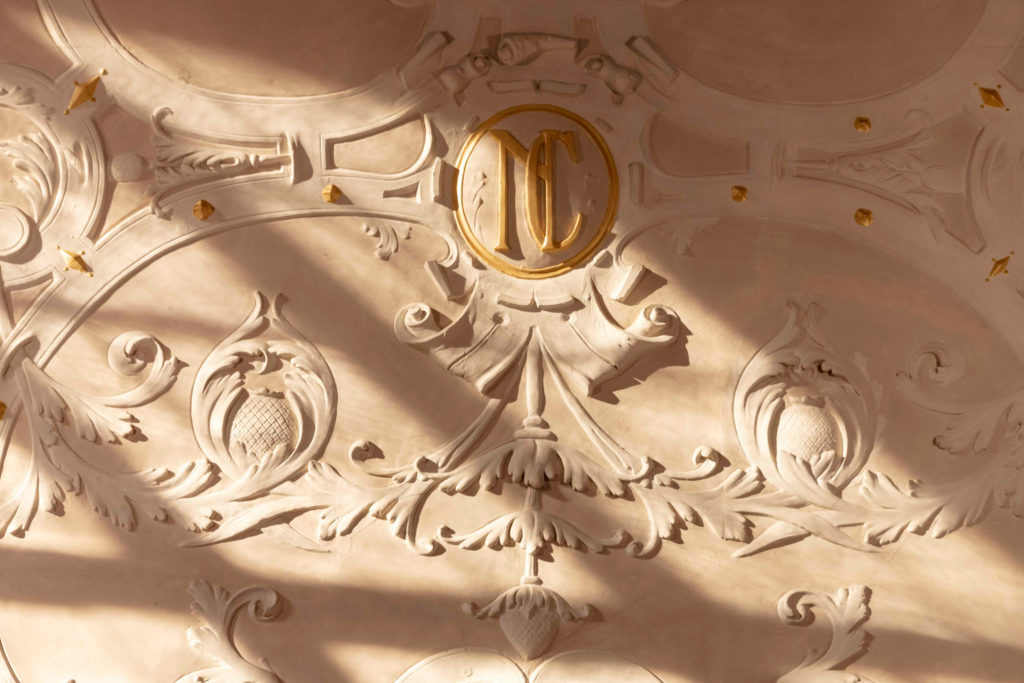Constance Tipper (NC 1912)
1894–1995 (Elam, NC 1912)
At the height of the Second World War, merchant ships carrying vital supplies across the Atlantic were breaking apart – without any apparent cause. The answer seemed obvious – the inexperienced women welding the ‘Liberty ships’ had simply done a bad job. It needed Constance Tipper, another woman in a man’s preserve, to identify the real reason.
Constance Elam graduated from Newnham with a Third in Natural Sciences. None the less, she found research positions at the National Physical Laboratory and Royal School of Mines, where she was subsequently awarded two Fellowships.
She moved to Cambridge to work on the deformation of metal crystals under strain. However, sexism limited her opportunities. Invited to deliver a special lecture to the Royal Society with her professor, she realised that she would be ineligible to attend the dinner afterwards – the Royal Society had not realised that the knowledgeable C F Elam was a woman. She had no official status within the Engineering Department at this time, a situation she felt keenly. Nonetheless, at the start of the war, she took on teaching responsibilities and managed one of the key research labs.
Things would change when Prof John Baker was appointed to the Department. Asked to find the issue with the Liberty ships, he asked Tipper to investigate.
She revealed that the fault was not the workmanship, but the material. The steel used became dangerously brittle under certain conditions: it was the cold of the North Atlantic that caused the steel to fracture and the ships to crack. This had been seen once before – in a catastrophic bridge failure.
Her name is now known to engineers as the creator of the ‘Tipper Test’, which determines brittleness of steel.
Following the war, she would be appointed Reader in Engineering at Cambridge, a long-delayed recognition of her contribution to the Department. She became an engineering consultant, and, in a more peaceful world, oversaw improvements in bridge construction.
A passionate fly-fisher, she retired to a Cumbrian village to enjoy the family hobby: one photo in Newnham’s collection shows her with two enormous fish and a small child. Langwathby has another notable feature, though – was this expert engineer delighted or frustrated at living beside the interlocking steel girders that form the ‘world’s oldest temporary bridge’?






